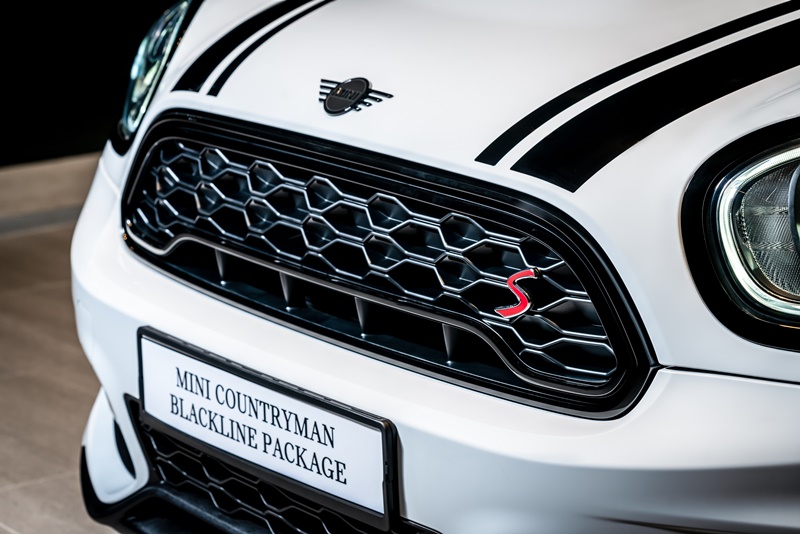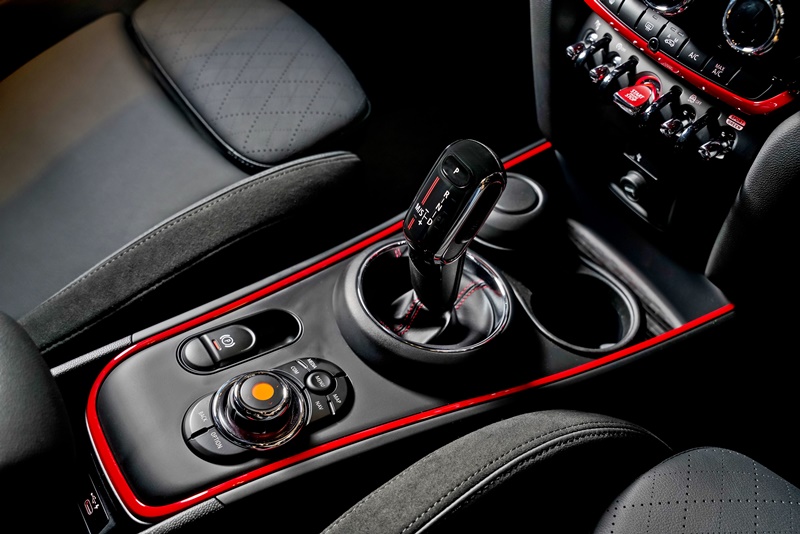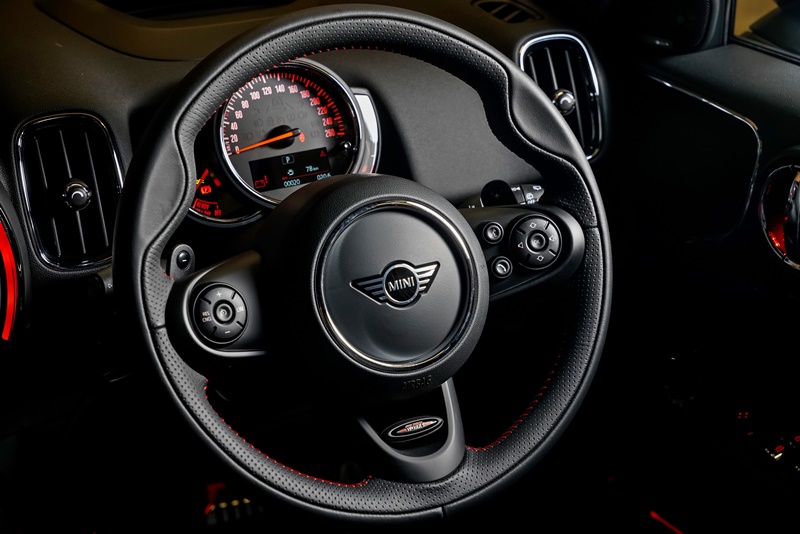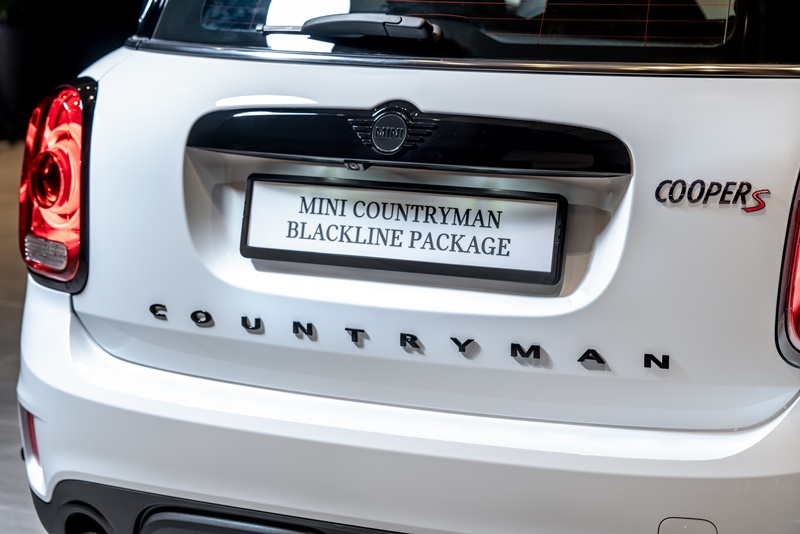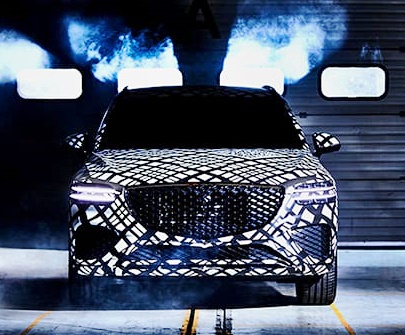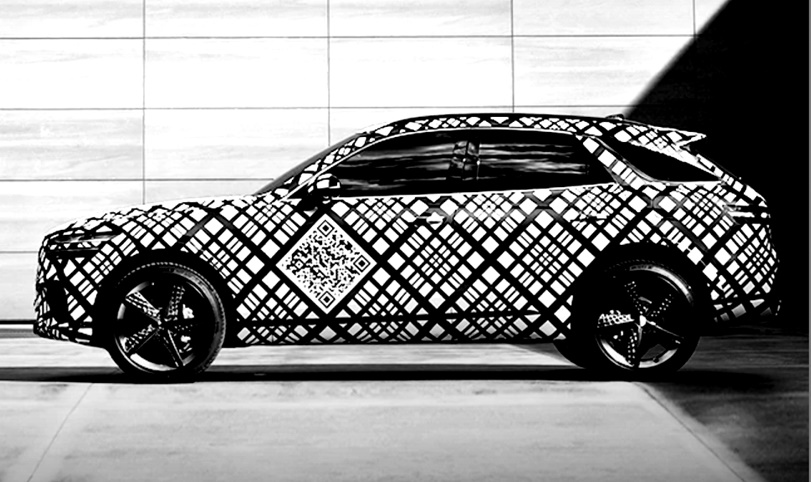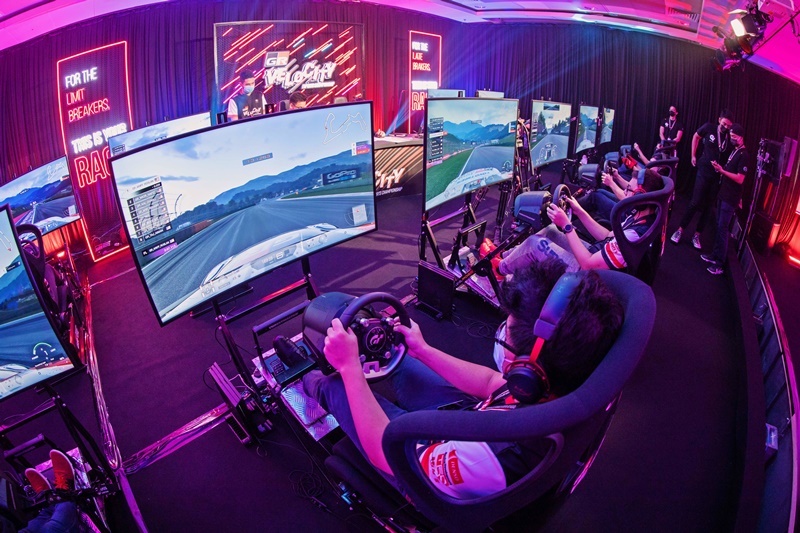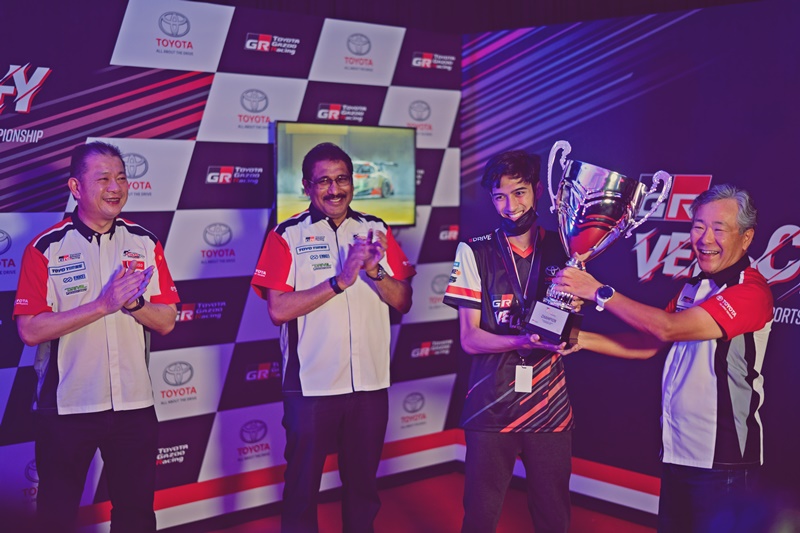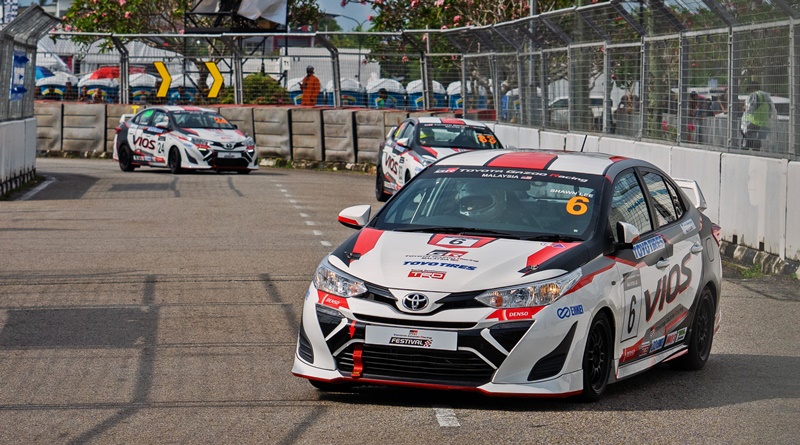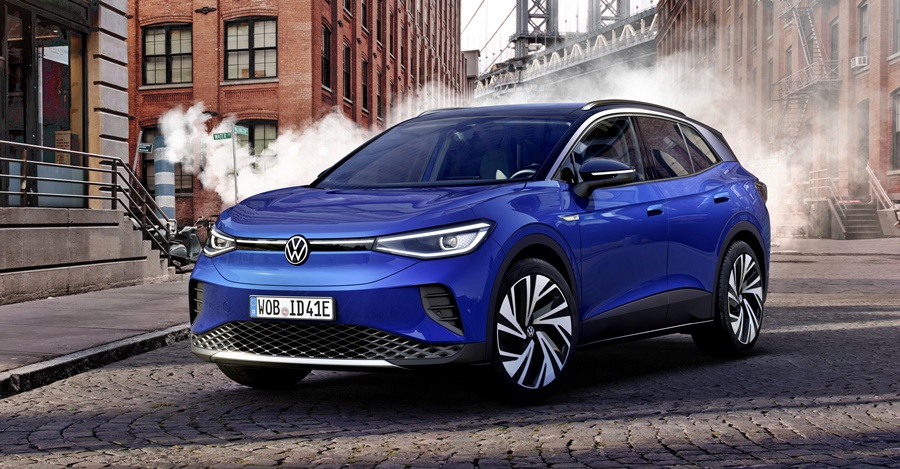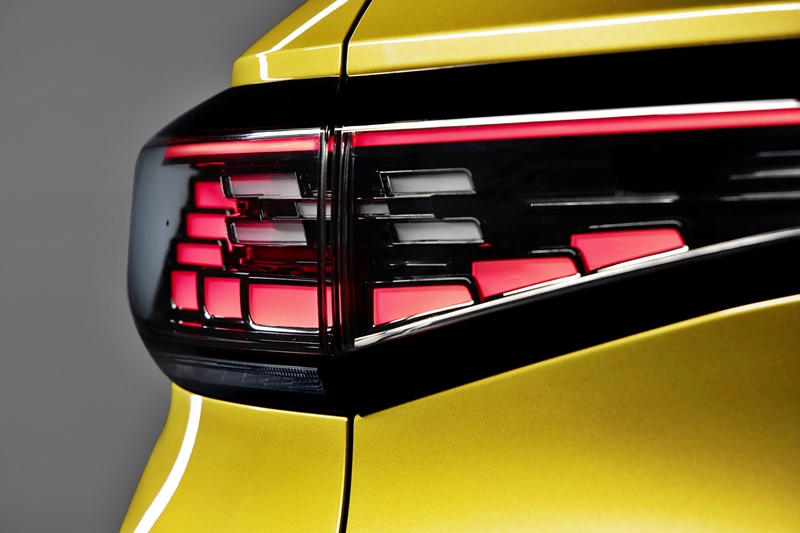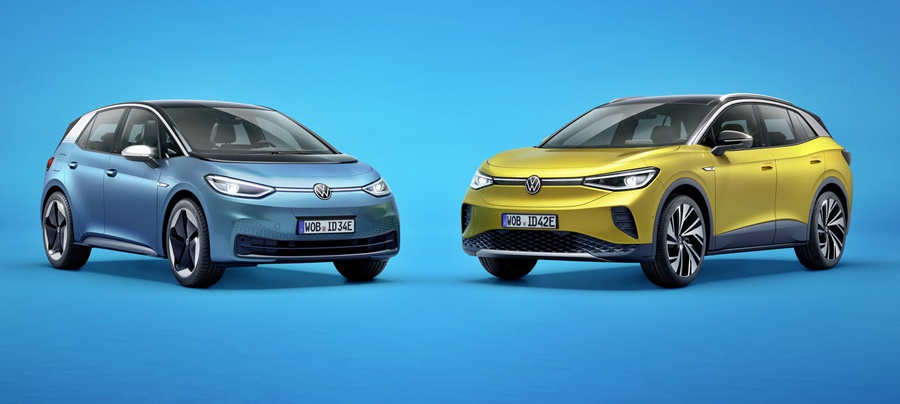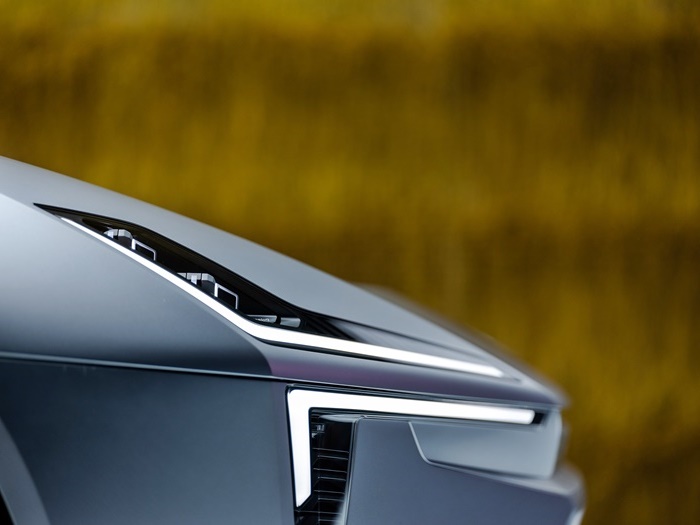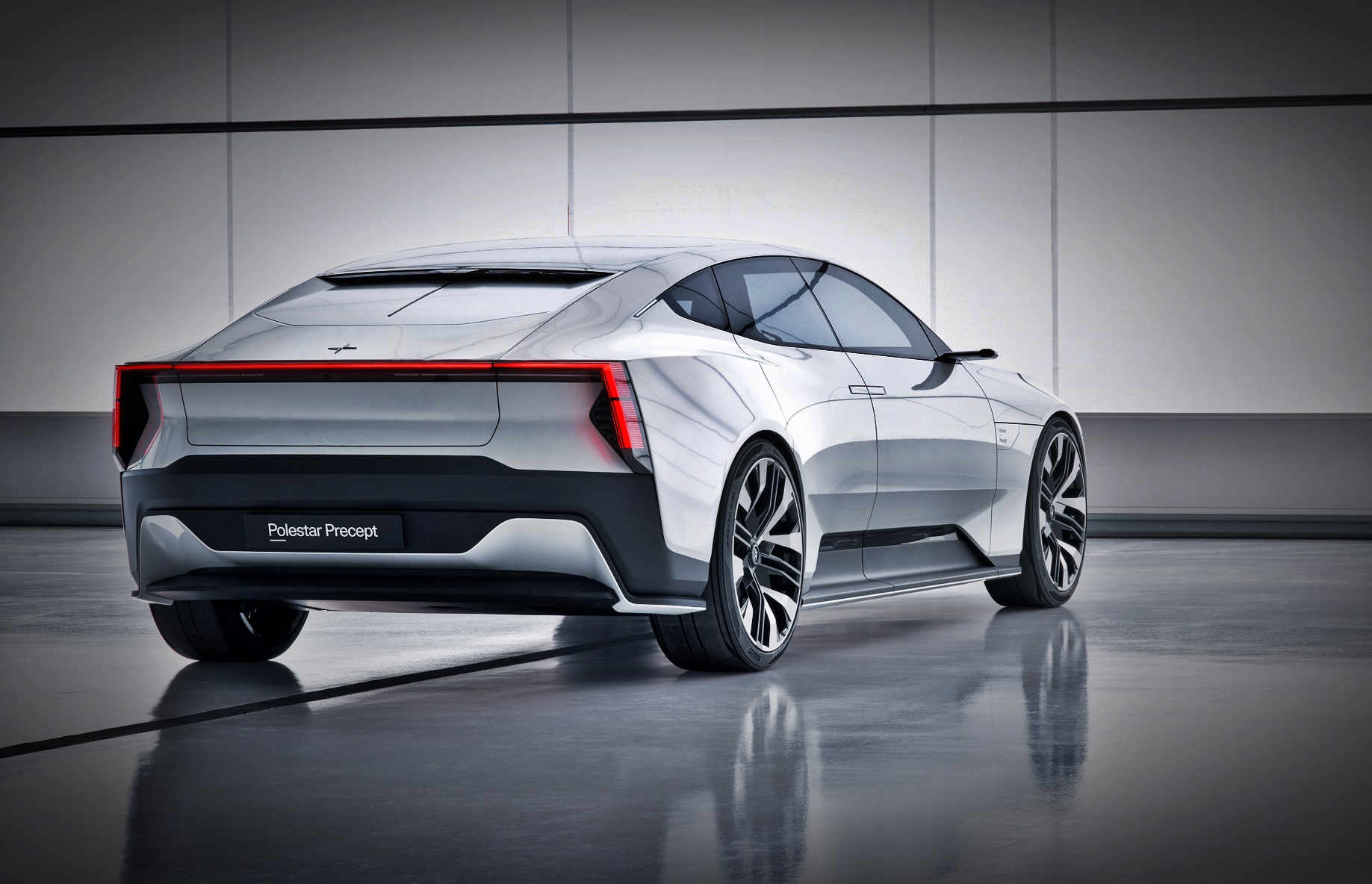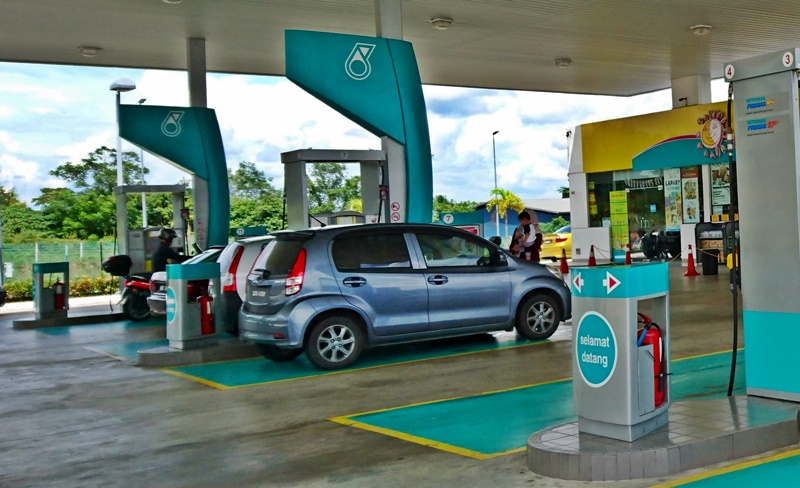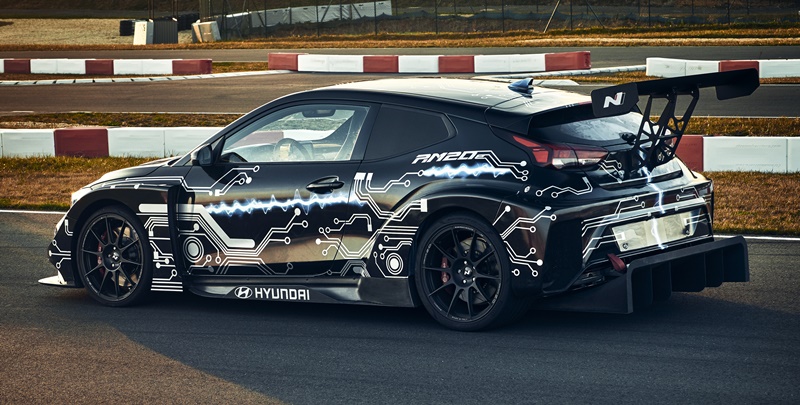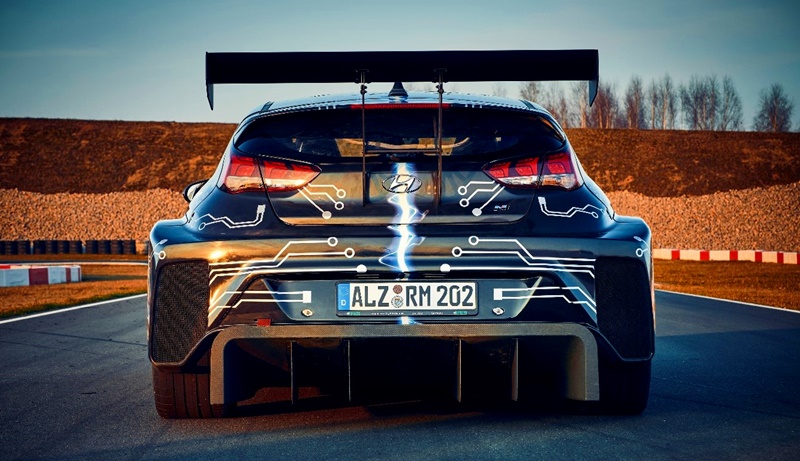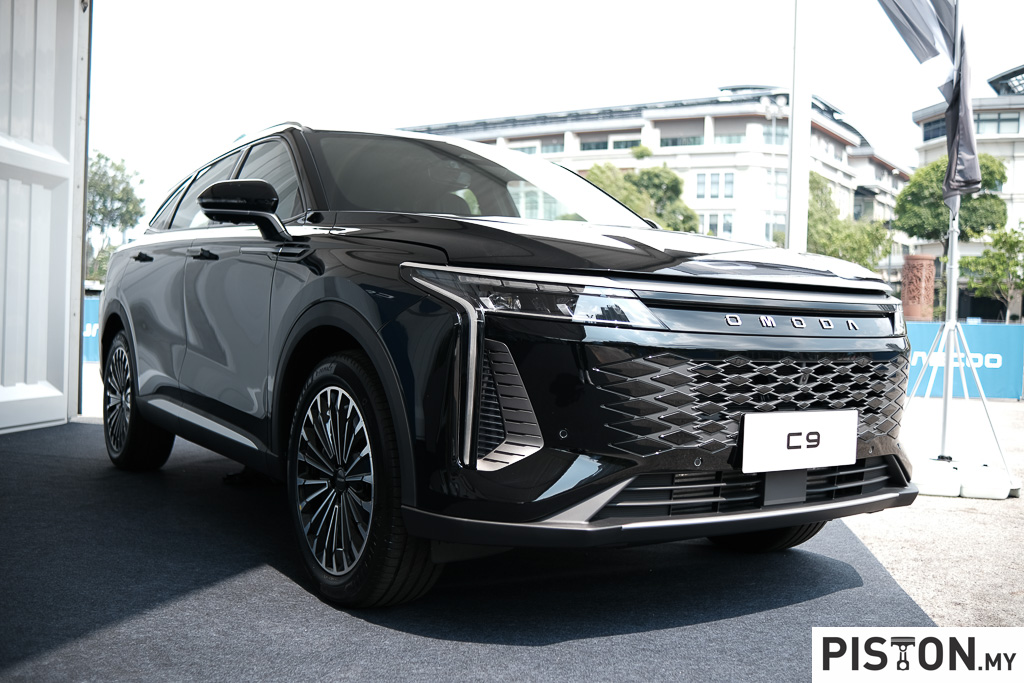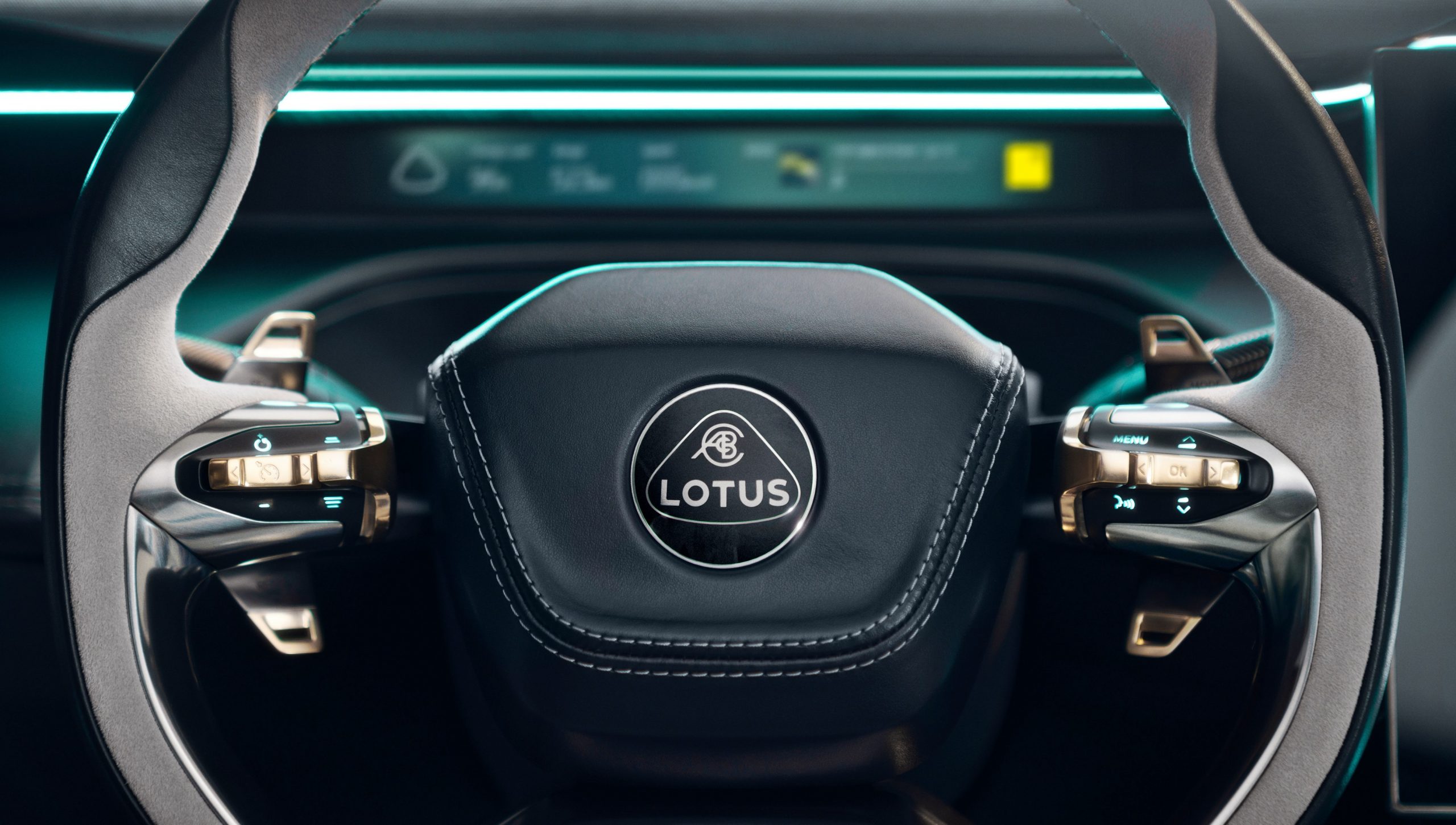Since being introduced in Malaysia in 2018, the MINI Cooper S Countryman Sports has been among the more popular variants in the MINI range sold locally. In fact, it accounted for 75% of total MINI deliveries in 2019.
For buyers who want something extra and different with their Countryman Sports and for these customers, MINI Malaysia now offered two limited-edition models. These are the Countryman Sports with Blackline Package and the Countryman Sports with Panoramic Sunroof.
The Countryman Sports with Blackline Package has a sportier and more stylistic appearance, featuring previously chromed elements such as the front grille and MINI emblems now in the elegant Piano Black offering.
Available in British Racing Green or Light White, both of which come with Black roofs, only 38 units will be available for the whole of Malaysia.
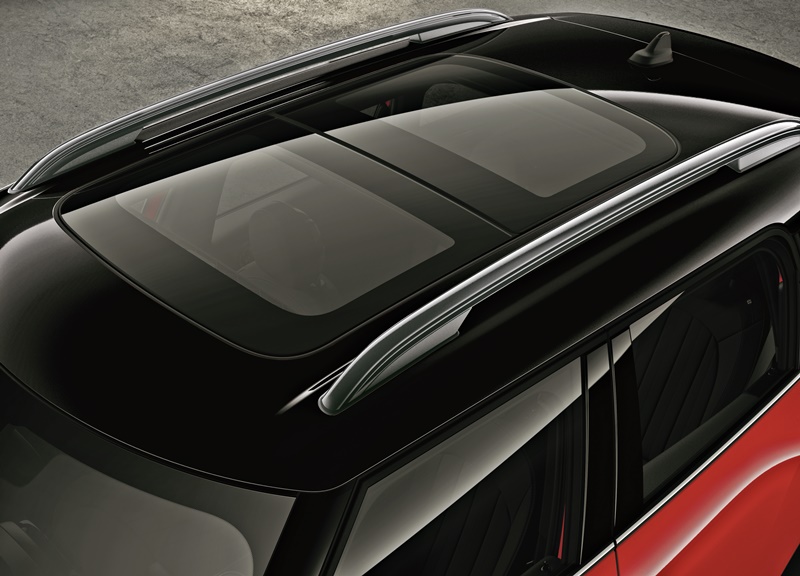
MINI TwinPower Turbo
Both cars are powered by the same 2-litre MINI TwinPower Turbo engine which generates 192 ps/280Nm. This output reaches the front wheels through a 7-speed Dual Clutch Sports automatic transmission. Pedal to the floor, the 0 to 100 km/h time can be done in a claimed 7.5 seconds, with a maximum speed of 225 km/h.
To improve fuel economy, there’s an engine start/stop function which activates when the car is going to idle for a while. It can automatically restart when it’s time to move off. Additionally, the coasting function in both the MID and GREEN driving modes also helps reduce fuel consumption as the drivetrain is decoupled upon deceleration.
Interior design language
The interior design language employs black as the dominant theme. Besides the Anthracite headliner, there are the Sport Seats upholstered in Cross Punch leather in Carbon Black. A touch of sophistication is offered via the new John Cooper Works Interior Surface in Piano Black.
For those who want high-quality music reproduction, the Countryman Sports comes with a Speaker Harman Kardon Sound System that has no less than 12 high-performance speakers. Enhancement comes from the 360W DSP Amplifier and Class-D technology.
The car also has a built-in 4G SIM card and owners can also connect their iPhone wirelessly and use the MINI Visual Boost to access numerous features on the phone with Apple CarPlay. Wireless Charging is also available for compatible smartphones.
The Countryman is the biggest MINI ever offered which mean it has more space within. The volume of cargo space is generous and with folding rear seats, it can be expanded as needed.
An 8.8-inch MINI Navigation System comes standard to provide route guidance. And with the latest MINI Connected, there is access to a wide range of digital services such as the Intelligent Emergency Call, MINI TeleServices and Remote Services.
What else an owner gets
As with other MINIs sold in Malaysia, there’s a 5-year Roadside Assistance programme with a comprehensive list of services. These include a 24-Hour, 365-days-a-year Accident and Help on the Phone and On the Spot Hotline, Free Towing Services and when needed (over 200 kms from residential home), Replacement Vehicle, Seamless Mobility, Accommodation, Mobility Services Solutions as well as Repatriation services.
The Countryman Sports with Blackline Package is priced at RM243.280.38 while the Countryman Sports with Panoramic Sunroof is RM247,280.38 (both prices with Sales Tax exemption till the end of 2020 but without insurance).
For those who requiring financing for their purchase, BMW Group Financial Services Malaysia offers schemes starting from RM2,778.00 per month, based on estimates of 80% loan on a 5-year tenure (terms and conditions apply).






